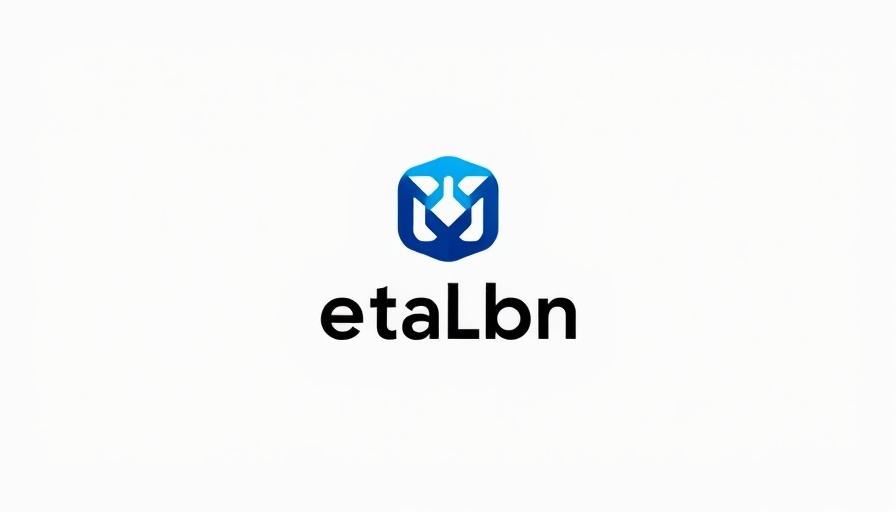
Understanding Instagram's Role in Marketing
As we look ahead to 2025, Instagram continues to solidify its status as a central platform for businesses aiming to connect with consumers. With over a billion monthly active users, it offers vast opportunities for marketers. Understanding the demographics of this user base is crucial for businesses seeking to effectively target their audience.
The Power of Instagram Demographics
Instagram is not just about sharing photos; it’s a tapestry of varied communities. The platform is home to a considerable number of Gen Z users, closely followed by millennials, making it fertile ground for targeting young customers. Currently, over 70% of users fall within the ages of 18-34. This age group is not only tech-savvy but also responsiveness to brands that resonate with their values.
Diverse Interest Areas Among Users
Businesses must recognize the diverse interests that drive Instagram engagement. From fashion and beauty to travel and fitness, content tailored to specific niches performs better. In 2023, Instagram users showed particular interest in sustainability, leading many brands to adopt eco-friendly practices as part of their marketing strategies. Fostering this connection can see brands leverage this demographic effectively.
Engaging with Followers—More Than Just Likes
Engagement is key on Instagram, and it transcends likes and shares. Businesses are increasingly encouraged to build community through comments, stories, and interactive polls. Marketers should analyze the ongoing trends, such as the rise of Instagram Reels and Stories as vital tools for sharing authentic content. This approach not only boosts visibility but also strengthens customer relationships.
The Future: Video Content Dominance
Video content is on track to dominate social media, and Instagram is no exception. Users increasingly prefer live videos and Reels over static posts. By 2025, marketers must adapt plans to include short-form video strategies, focusing on authentic storytelling and capture that critical audience attention. Brands may benefit substantially from harnessing this preference.
Common Misconceptions About Instagram Users
A common misconception is that Instagram is only for young users; however, recent data indicate that the platform is also gaining traction among older demographics. Nearly 40% of users are over the age of 34, providing businesses with an untapped market. Marketers who are aware of this can tailor campaigns that cater to a broader audience, thus maximizing their reach.
Measuring the Impact of Instagram Marketing
Businesses must not overlook analytics for measuring the success of their Instagram campaigns. With Instagram’s built-in insights, tracking engagement and demographic data allows brands to adjust their strategies quickly. By 2025, companies should prioritize data-driven strategies for uncertainty and market adaptation.
Actionable Insights for 2025
For effective marketing on Instagram, businesses should:
- Target content to each demographic segment, using language and visuals that resonate.
- Utilize Instagram’s new features promptly, keeping abreast of updates to enhance engagement.
- Conduct regular analysis of campaign performances to refine strategies based on solid data.
Conclusion: Taking Action in 2025
Understanding Instagram demographics and their evolving trends is pivotal for businesses aiming to reach new heights. In a landscape that is continuously changing, taking proactive steps in understanding and utilizing these insights will set businesses apart. Engage your audience, adapt to video content, and leverage detailed analytics to ensure your brand thrives in an increasingly crowded marketplace.
 Add Row
Add Row  Add
Add 




Write A Comment